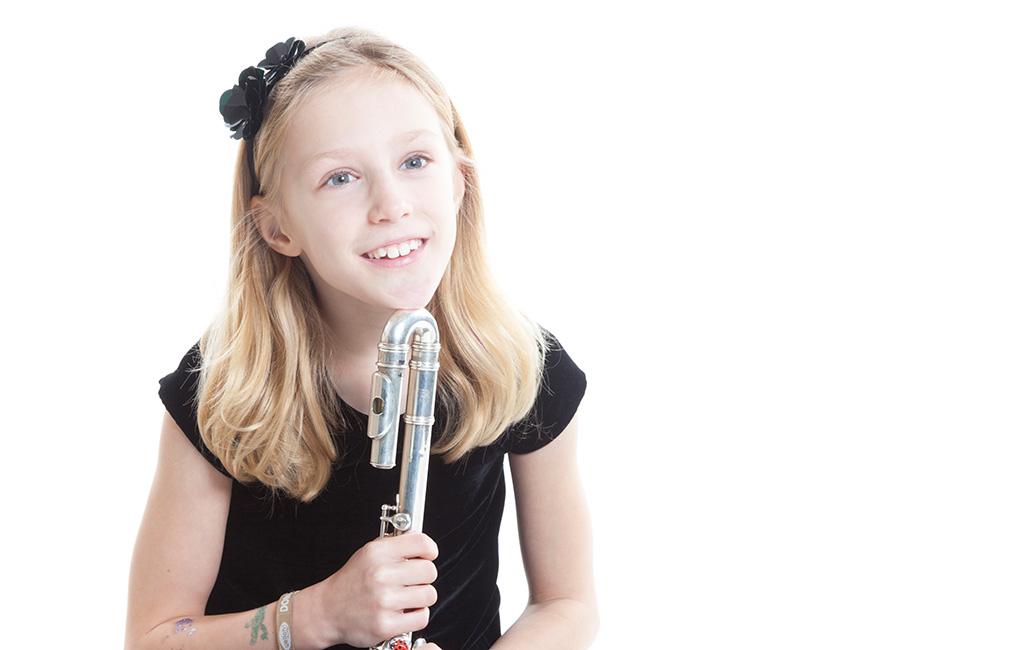About the Suzuki Method
By the Suzuki Association of the Americas
The Suzuki Twinkler is a copyrighted publication of the Suzuki Association of the Americas, Inc. © 1998.
Every Child Can Learn
More than fifty years ago, Japanese violinist Shinichi Suzuki realized the implications of the fact that children the world over learn to speak their native language with ease. He began to apply the basic principles of language acquisition to the learning of music, and called his method the mother-tongue approach. The ideas of parent responsibility, loving encouragement, constant repetition, etc., are some of the special features of the Suzuki approach.
“Perhaps it is music that will save the world.”
—Pablo Casals
- Parent Involvement
As when a child learns to talk, parents are involved in the musical learning of their child. They attend lessons with the child and serve as “home teachers” during the week. One parent often learns to play before the child, so that s/he understands what the child is expected to do. Parents work with the teacher to create an enjoyable learning environment. - Early Beginning
The early years are crucial for developing mental processes and muscle coordination. Listening to music should begin at birth; formal training may begin at age three or four, but it is never too late to begin. - Listening
Children learn words after hearing them spoken hundreds of times by others. Listening to music every day is important, especially listening to pieces in the Suzuki repertoire so the child knows them immediately. - Repetition
Constant repetition is essential in learning to play an instrument. Children do not learn a word or piece of music and then discard it. They add it to their vocabulary or repertoire, gradually using it in new and more sophisticated ways. - Encouragement
As with language, the child’s effort to learn an instrument should be met with sincere praise and encouragement. Each child learns at his/her own rate, building on small steps so that each one can be mastered. Children are also encouraged to support each other’s efforts, fostering an attitude of generosity and cooperation. - Learning with Other Children
In addition to private lessons, children participate in regular group lessons and performances at which they learn from and are motivated by each other. - Graded Repertoire
Children do not practice exercises to learn to talk, but use language for its natural purpose of communication and self-expression. Pieces in the Suzuki repertoire are designed to present technical problems to be learned in the context of the music rather than through dry technical exercises. - Delayed Reading
Children learn to read after their ability to talk has been well established. in the same way, children should develop basic technical competence on their instruments before being taught to read music.
The Suzuki Legacy
Shinichi Suzuki was a violinist, educator, philosopher and humanitarian. Born in 1898, he studied violin in Japan for some years before going to Germany in the 1920s for further study. After the end of World War II, Dr. Suzuki devoted his life to the development of the method he calls Talent Education.
Suzuki based his approach on the belief that “Musical ability is not an inborn talent but an ability which can be developed. Any child who is properly trained can develop musical ability, just as all children develop the ability to speak their mother tongue. The potential of every child is unlimited.”
Dr. Suzuki’s goal was not simply to develop professional musicians, but to nurture loving human beings and help develop each child’s character through the study of music.
Parent Perspective
Parents whose children are involved in Suzuki program throughout the country are enthusiastic about the benefits for their children and their whole families.
In Cleveland, Ohio, Jan McNair participates in Suzuki violin study with her four-year-old son Ben. She points out that Ben is discovering “the joy of doing something because you’ve worked to do it. What he’s doing right now will be second nature to him. This is the way to learn.”
In addition to instilling a love of music, the Suzuki approach puts emphasis on the development of the child’s character. Ben begins and ends every lesson by bowing to his teacher and thanking her. His teacher, in turn, thanks him: “I learn something every time I teach you,” she tells him.
Charlotte Johnson of Papillon, Nebraska, participates in a Suzuki program with her ten-year-old son Christopher. “They learn really good music right away, and they develop good memories,” she says. “Developing self-esteem is another plus,” she adds. “He can get up in front of people and it’s no big deal.”
“This is not just music education. The long-term effects on the family are positive and far-reaching. It teaches a child cooperation, self-esteem … so many important qualities that children are not getting otherwise.”
—Pam Brasch, Executive Director of the SAA
Children Agree!
Children also have positive comments about their participation in Suzuki programs. In a survey conducted in Dallas, Texas, students provided their opinions on a number of aspects of their Suzuki study. Overall the children considered it fun and challenging. they felt that the benefits of playing an instrument via the Suzuki method helped them learn discipline, goal setting and constructive use of time.
Emily Louise Davis, a college student who has been involved with a Suzuki program in North Carolina since the age of three, has experienced “a sense of camaraderie and the bond of a larger family.” During a recent visit to Suzuki programs in Europe, Emily observed the same sense of cooperation and respect within families and groups there.
Students in many programs comment on the importance of friendships they develop and the chance to share musical experiences with other Suzuki students. They enjoy the sense of accomplishment that comes from working at something worthwhile and doing it well.
FAQ
How does Talent Education differ from other methods of teaching music to children?
Thoughtful teachers have often used some of the elements listed here, but Suzuki has formulated them in a cohesive approach. Some basic differences are:
- Suzuki teachers believe that musical ability can be developed in all children.
- Students begin at young ages.
- Parents play an active role in the learning process.
- Children become comfortable with the instrument before learning to read music.
- Technique is taught in the context of pieces rather than through dry technical exercises.
- Pieces are refined through constant review.
- Students perform frequently, individually and in groups.
What instruments are taught through the Suzuki approach?
Suzuki originally developed his method for his own instrument, the violin. Materials are now available for flute, viola, cello, bass, piano, harp, guitar, recorder and voice.
“The main concern for parents should be to bring up their children as noble human beings. That is sufficient. If this is not their greatest hope, in the end the child may take a road contrary to their expectations. Children can play very well. We must try to make them splendid in mind and heart also.”
—Shinichi Suzuki
Suzuki Associations
International Suzuki Association (ISA)
The International Suzuki Association (ISA) strives to encourage, promote, enlarge, and coordinate the Suzuki Method throughout the world.
internationalsuzuki.org
Regional Suzuki Associations
The Regional Suzuki Associations are licensed by the ISA to coordinate and develop the Suzuki Method throughout their areas.
- Interim Asia Region Suzuki Organization
Asia (except Japan)
asiasuzukimethod.org - European Suzuki Association (ESA)
Europe, Africa, and the Middle East
europeansuzuki.org - Pan-Pacific Suzuki Association (PPSA)
Australia, New Zealand, and Pacific Islands
suzukippsa.org - Suzuki Association of the Americas (SAA)
America (North and South)
suzukiassociation.org - Talent Education Research Institute (TERI)
Japan
suzukimethod.or.jp
Further Reading
- “About the Suzuki Method.” Suzuki Association of the Americas. Web. 8 May 2015. <https://suzukiassociation.org/about/suzuki-method/>.


